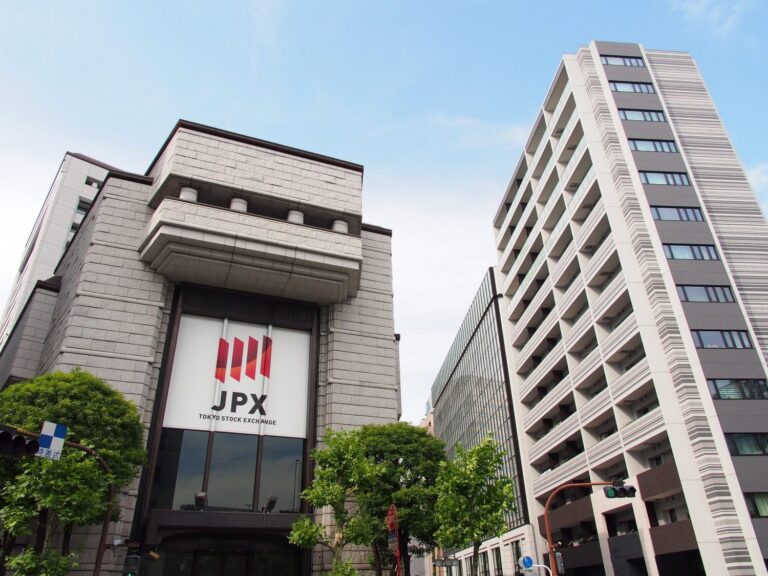A few days ago, RippleX, the investment arm of Ripple released a note confirming a future release of the highly sought out upgrade to the XRPL system. The major upgrade was first announced in June of 2023, Ripple claims that these sidechains could rapidly unleash decentralized finance (DeFi) and smart contracts across the broader XRP ecosystem without decreasing the ledger’s efficiency.
The team has launched an engineering preview for developers to view and comment on the technology, as well as to conduct experiments using the new technology.
Sidechains make it easy for developers to customize the chain for their use cases, such as private networks, securities trading, DeFi. Speaking of DeFi, bringing Ethereum smart contracts to the XRPL could lower the barriers to entry for developers to build powerful DeFi apps with cross-chain interoperability. And we’re working on an Ethereum Virtual Machine (EVM) sidechain! Between Ethereum smart contracts, Hooks and Smart Transactors, XRPL developers will be able to build whatever they want.
David Schwartz – Chief Technology Officer, Ripple
Features that are successful on sidechains may eventually be adopted by the XRPL mainnet, according to RippleX.
The sidechains would be connected to the XRPL by “federators,” which are pieces of software run by parties who operate validators on at least one sidechain, as Schwartz has previously explained via blog post. The sidechains would operate like they were their own blockchains, but XRP and issued tokens could move between them and the XRPL.
This will enable developers to implement new features, such as native smart contracts that interoperate seamlessly with XRP and the XRP Ledger, while also allowing the XRP Ledger to maintain its existing, ‘lean and efficient’ feature set.
Federated Sidechains allow for experimentation and specialization, so developers can enjoy the power of the XRPL on a sidechain that acts as its own blockchain. For example, imagine the potential to branch out into new functionality by slimming down the XRPL’s features to a specific subset for a particular use case — or even creating a private, parallel network for a permissioned blockchain.
Schwartz, one of the original architects of the XRP ledger, adds that successful features “baked into” the sidechains could eventually be ported to the XRPL Mainnet.
But the CTO notes enabling sidechains wouldn’t require changes that are used on the XRPL itself, though he says some amendments to the software would be required.
Making these changes is probably the biggest part of this effort because even though they won’t be enabled on XRPL, there is still risk associated with changing the software. For example, some existing code may need to be moved or adjusted which carries the risk of inadvertently changing behavior.
David Schwartz – Chief Technology Officer, Ripple
Any potential XRPL amendments require an 80% approval rating from the ledger’s validators. If an amendment stays above that threshold for two weeks, it is activated.
Ripple itself will be looking to leverage the flexibility and customizability that Federated Sidechains afford in its own CBDC efforts, making it possible for private CBDC ledgers to easily and seamlessly interconnect.




